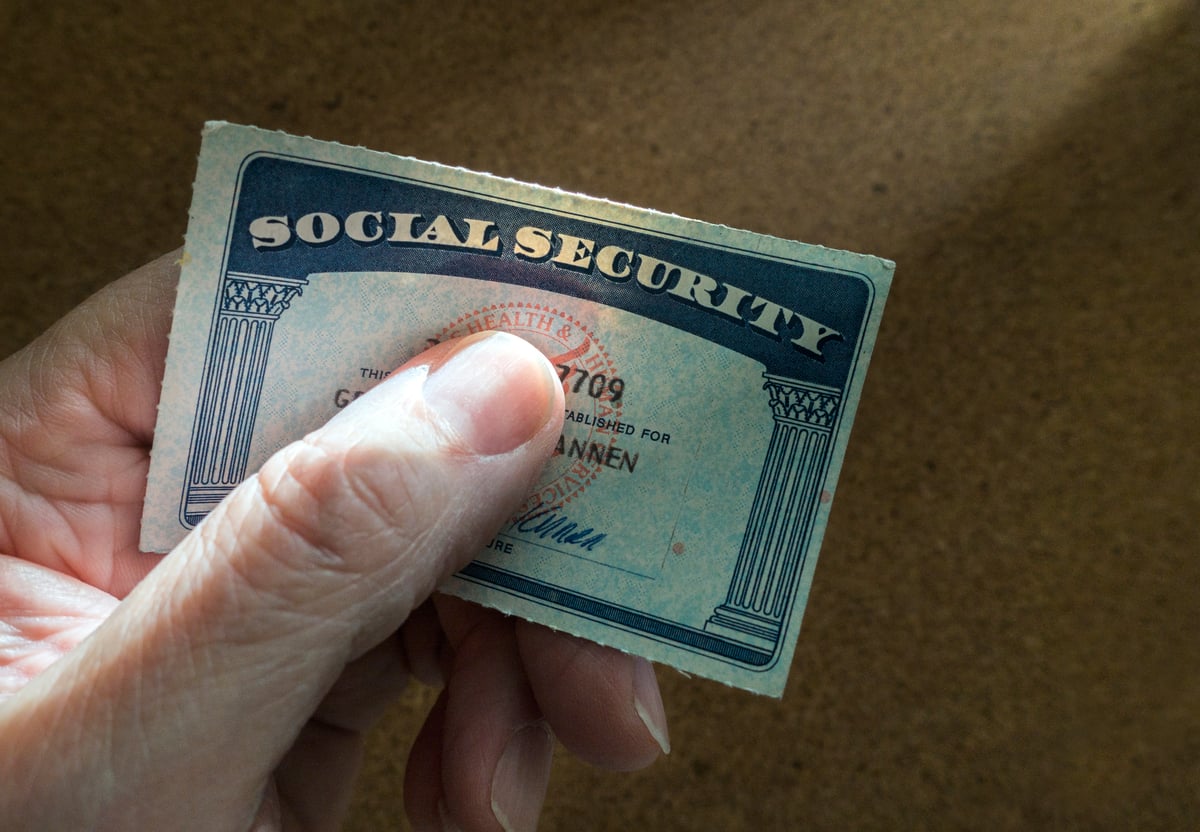If you haven't saved much for retirement by the time you're 50, you may think it's too late for you to win the game. But don't feel that way.
Remember, you've not alone. Nearly 50% of households have nothing saved for retirement, according to the Economic Policy Institute. Households between ages 50 and 55 have more -- their the median retirement account hovers somewhere near $8,000. For households between ages 56 and 61, it's over twice that, at $17,000.

IMAGE SOURCE: GETTY IMAGES.
But despite that upsurge, even $17,000 isn't enough to fund a comfortable retirement. One rule of thumb holds that you should have 10 times your salary before retirement as a nest egg. If your salary will be $50,000 at retirement, for example, that would be $500,000.
Social Security won't cover all your retirement needs, either. The average Social Security payment is just $1,461 per month. You can find your own estimated Social Security benefit in your Social Security statement.
Draw up a budget of your fixed, variable, and one-time expenses, using past checkbook ledgers as a guide. Think about how many you'll still need in retirement. How would you pay for those expenses on $1,461 per month or your particular estimated benefit? Frankly, you're probably going to need many of the same expenses covered. Some expenses, like healthcare, may actually go up in retirement because older people are more likely to have rising healthcare expenses.
If you have zero or little retirement savings, your feelings at 50 could be exacerbated by the fact that retirement is not a distant landscape anymore. It's fast approaching. People can retire at 62, after all -- a little more than a decade away.
But you don't want to retire without much, either. So here's how to catch up with retirement savings at 50.
1. Maximize retirement vehicle savings
Nicely enough, the two main categories of retirement vehicles have special "catch-up" maximums for folks 50 and over. If you have access to a 401(k) plan through work, you can contribute up to $25,000 per year in 2019. (Folks under 50 can put in $19,000.)
If you don't have access to a 401(k), an Individual Retirement Account (IRA) can do the trick equally well. Those who are 50 and over can contribute up to $7,000. (Those under 50 are capped at a $6,000-per-year contribution.)
A 401(k) plan may offer an employer match as well. Many employers offer matching contributions of, say, 50% to 100% of what an employee contributes. Even if you can't come close to a $24,000 yearly contribution, any amount you can kick in that has the possibility of being matched is a plus.
Both 401(k)s and IRAs offer tax advantages as well, which can maximize your income by saving on taxes. In a 401(k), employee contributions are taken out pre-tax, which reduces the amount of taxes you need to pay. The money compounds tax-free until you withdraw it at retirement.
There are two types of IRAs, and their tax advantages are to some degree the converse of each other. In a traditional IRA, you can deduct your contribution from your income, so you pay less tax in the year of contribution. The money will also compound on a tax-deferred basis, before being taxed when you withdraw it at retirement.
You can't deduct contributions from a Roth IRA, but they compound tax-free. The tax advantage to a Roth IRA is realized at withdrawal, when you won't owe taxes on the money as long as you meet the required qualifications.
If you're having trouble saving every month, there are several other strategies to maximize your retirement accounts.
The first is to harvest any windfall profits you receive. This could be holiday gifts, bonuses, or anything that's monetary and outside the common run of your income. Bank them in an IRA.
The other is to take a side gig whose profit is dedicated to retirement savings. If your salary won't stretch, additional income is a way to build a nest egg.
2. Work as long as possible
You can also maximize your retirement nest egg by working longer, stretching out the span in which you contribute to your retirement funds.
If you can save $300 every monthat 50, for instance, you could have almost $94,000 saved by the time you're 65, assuming an average annual return in the stock market of 7%. If you able to get a 100% employer match in a 401(k), you could have nearly $188,000 at 65.
That's not bad. But you may have to work a bit longer than 15 years to really build your nest egg. If you can work until you're 75, for example, saving $300 each month in a retirement account, you could have a nest egg of more than $236,000.
3. Know the financial benefits of delaying Social Security
If you're working longer than 65 to build your retirement funds, it's important to be aware of how delaying receiving Social Security benefits can also build the amount you'll receive.
You are eligible for full retirement benefits at your full retirement age (FRA), which varies by your birth year. For people born between 1943 and 1954, it's 66. It rises slowly by month for folks whose birth years are between 1955 and 1959, and is 67 for everyone born in 1960 or after.
If you retire earlier than your FRA, your benefits are lower than they would be at FRA, and they stay at that rate for the duration of your retirement.
Ah, but you receive higher benefits if you delay beyond your FRA. Benefits rise approximately 8% for every year after your FRA you don't take them, until age 70. There is no increase possible after that age, so your rate will stay the same forever.
So, if your FRA is 66 and you delay your Social Security checks until age 70, you could enjoy 32% more in benefits than at your FRA.





